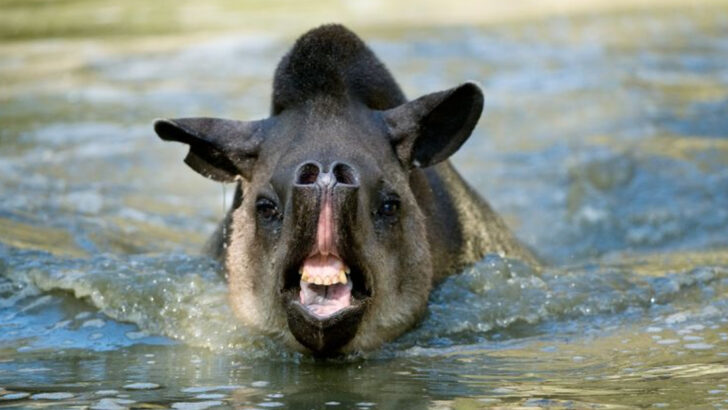For a century, it was a ghost—whispered about in legends, presumed lost forever. But against all odds, the largest continental mammal made a dramatic return, proving that nature still holds some astonishing surprises.
Imagine an animal so massive it once roamed vast landscapes in enormous herds, only to disappear without a trace. Scientists and conservationists feared it was gone for good. Then, in a twist straight out of a wildlife mystery, it reappeared when least expected.
How did this giant vanish for so long? And more importantly, how did it survive unseen? The answers will leave you in awe.
From close encounters with extinction to a miraculous resurgence, this animal’s story is one of resilience, mystery, and hope. Get ready to discover 15 mind-blowing details about a species that defied the odds and made an unforgettable comeback.
Mystery of Disappearance
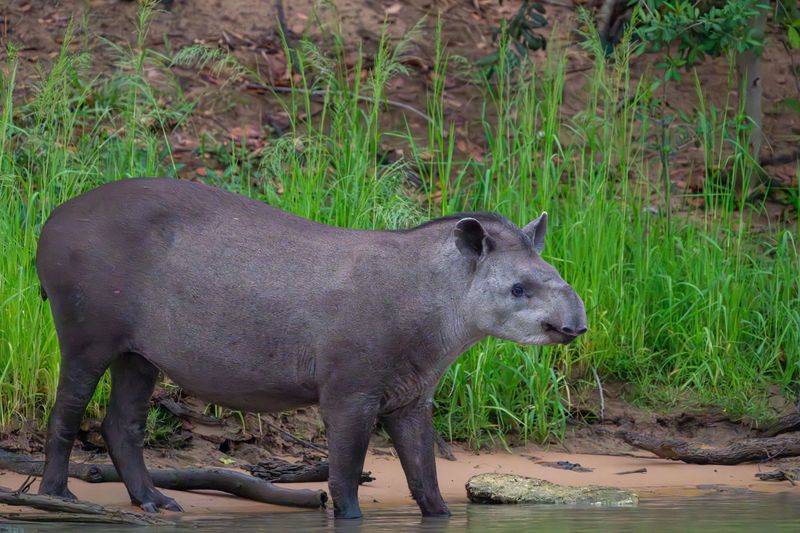
For a mammal of its size to disappear for a century is nothing short of enigmatic. Theories abound, ranging from habitat destruction to climate changes. Some experts believe disease played a role. Regardless, its sudden vanishing act remains one of nature’s greatest mysteries.
This has led to numerous expeditions and studies aimed at uncovering the truth. While many questions remain unanswered, the mammal’s disappearance highlights the fragility of natural habitats. Conservation efforts today strive to ensure this does not happen again, offering hope for the future.
Astonishing Reappearance
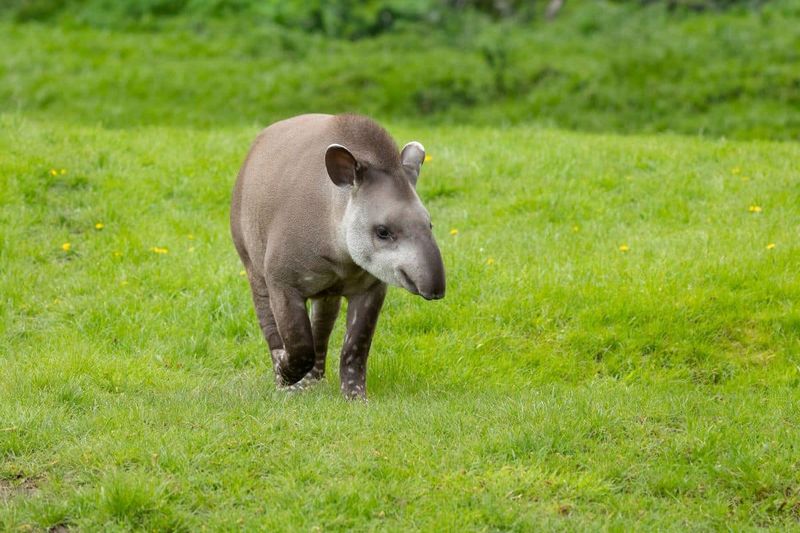
The reappearance of this colossal creature was equally as baffling as its disappearance. Spotted by a group of ecologists, the mammal seemed to have emerged from nowhere. It was as if the jungle had been hiding it all along.
This event has reignited interest in the species, prompting further research and conservation efforts. Its return offers a glimmer of hope for biodiversity, reminding us of nature’s resilience. The excitement surrounding this discovery continues to captivate both scientists and the general public alike.
Habitat Mystery
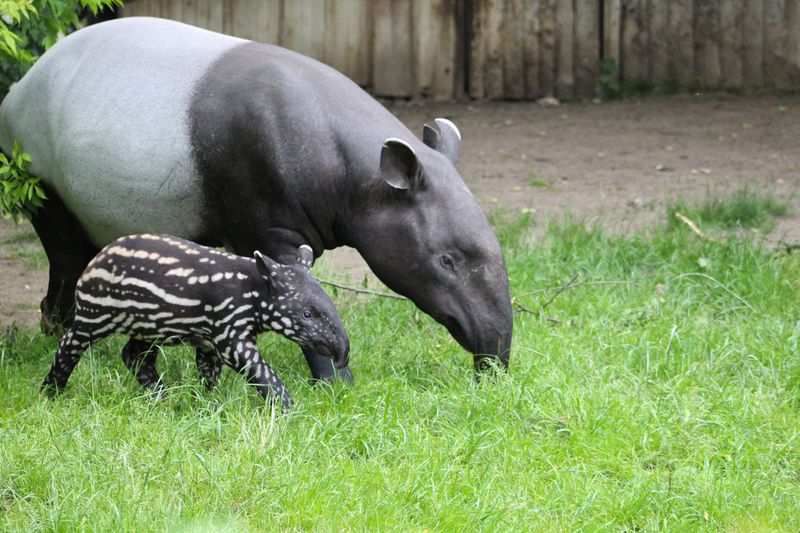
The exact habitat of this large mammal has been a subject of much debate. Some suggest dense forests, while others believe it thrives near mountainous regions. What is certain, however, is its preference for secluded and untouched areas.
This has made studying the mammal all the more challenging. Researchers are piecing together clues about its environment, hoping to learn more about its behaviors and needs. As they continue to explore these habitats, they uncover new insights that may help in its preservation.
Unique Physical Traits
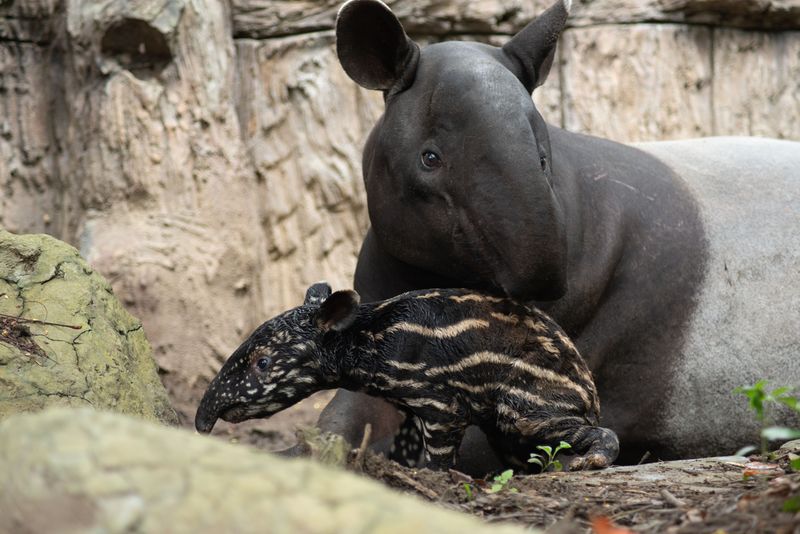
The sheer size of this mammal is awe-inspiring, with a stature that dominates the landscape. Its thick fur provides insulation in cooler climates, while its powerful limbs enable it to traverse challenging terrains.
Notably, its distinctive markings set it apart from similar species, sparking interest among zoologists. These unique traits not only serve survival purposes but also make it a fascinating subject for study. As scientists delve deeper into its physical characteristics, they uncover the evolutionary adaptations that have allowed it to endure.
Dietary Secrets

This mammal’s diet is as diverse as its habitat, ranging from fruits to various types of vegetation. Its feeding habits play a vital role in maintaining the ecological balance within its ecosystem. Observations indicate that it prefers seasonal fruits, adjusting its diet as the environment changes.
Understanding its dietary needs is key to ensuring its survival, especially in regions where resources are scarce. Conservationists are studying these habits to better support its habitat, promoting a rich and sustainable environment.
Conservation Status
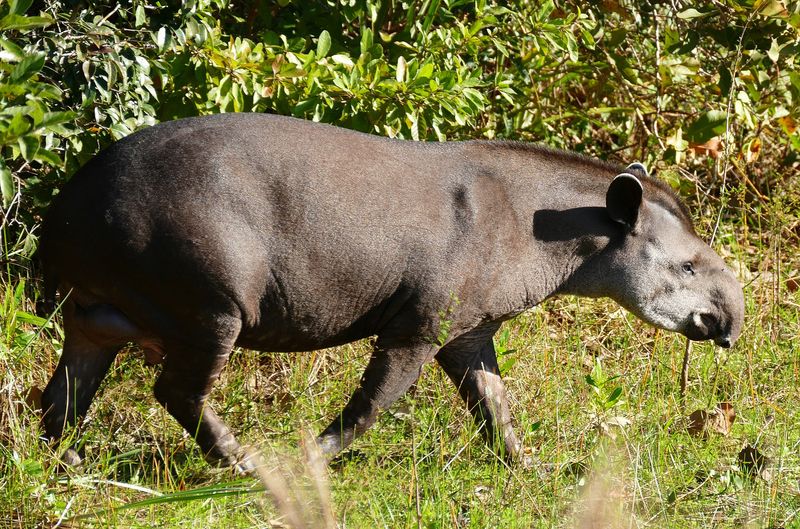
The mammal’s rediscovery has placed it on the conservation radar, with efforts underway to protect its dwindling population. It’s currently classified as vulnerable, with habitat loss being a significant threat.
Conservationists are working tirelessly to implement protective measures, such as creating reserves and regulating human activities in its habitat. These efforts aim to safeguard not only the mammal but also its entire ecosystem. The ongoing work highlights the importance of preserving biodiversity and the need for collective action.
Social Behavior
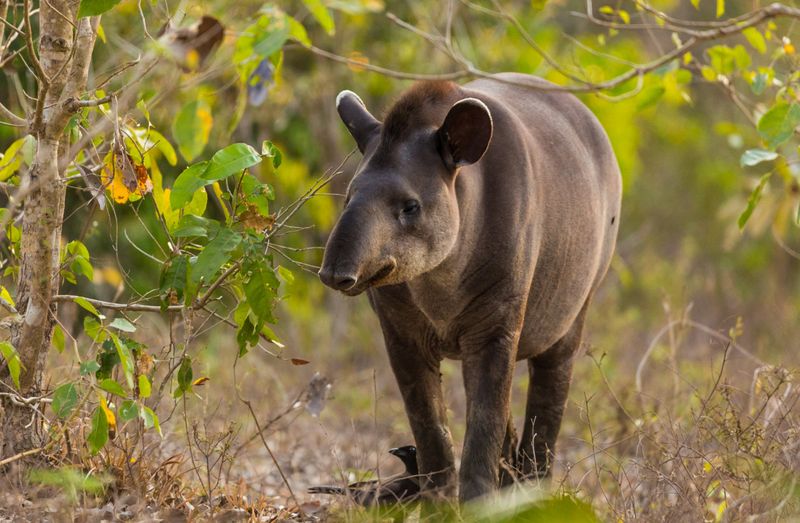
Social interactions among these mammals reveal complex behavioral patterns. They form small groups, often led by a dominant individual. Communication within the group is vital for survival, involving vocal signals and body language.
These social structures suggest a high level of intelligence and adaptability. Researchers are keen to explore these dynamics further, as understanding social behavior can aid in conservation strategies. By studying their interactions, we gain insight into the species’ needs and how best to support its environment.
Reproductive Strategies
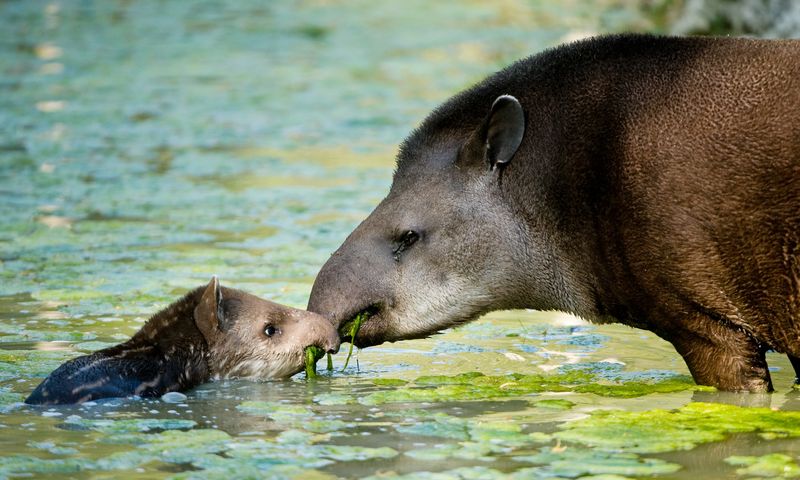
The reproductive habits of this mammal are shrouded in mystery. They are known to have a low birth rate, with mothers showing extraordinary care and nurturing towards their young. The bond between mother and calf is critical for the calf’s development and survival.
This slow reproductive rate poses challenges for species recovery, making conservation all the more urgent. By examining their reproductive strategies, scientists hope to implement effective breeding programs to boost the population.
Cultural Significance
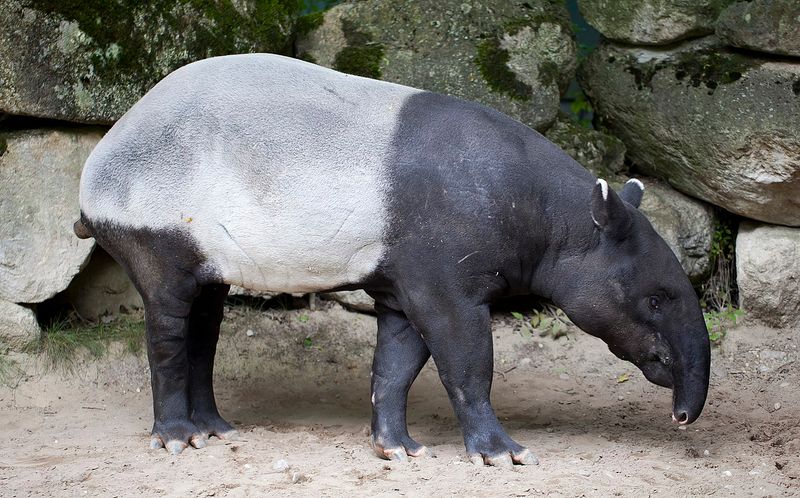
Indigenous communities have long revered this mammal, often featuring it in folklore and traditional art. It symbolizes strength, endurance, and harmony with nature. These cultural ties have fostered a deep respect for the mammal and its habitat.
Preserving these cultural narratives is vital, as they play an integral role in conservation efforts. By valuing the cultural significance, conservationists can engage local communities in protecting the mammal’s future. This cultural bond strengthens the collective resolve to ensure its survival.
Scientific Discoveries
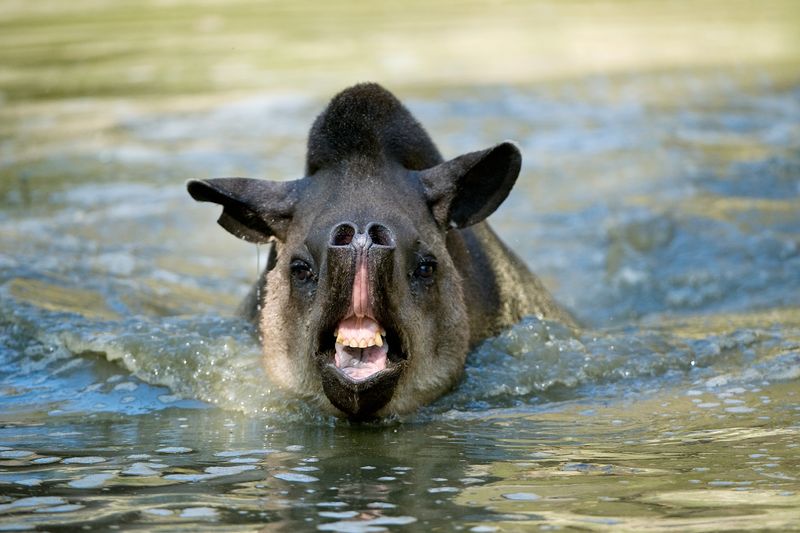
Ongoing scientific research has led to groundbreaking discoveries about this mammal. Genetic analysis has unveiled its evolutionary history, providing clues about its lineage and survival strategies.
These findings have significant implications for conservation, offering a deeper understanding of its needs and threats. Scientists continue to study the mammal’s physiology and genetics, hoping to unlock more secrets that will aid in its preservation. The quest for knowledge fuels the drive to protect this magnificent creature.
Impact of Climate Change
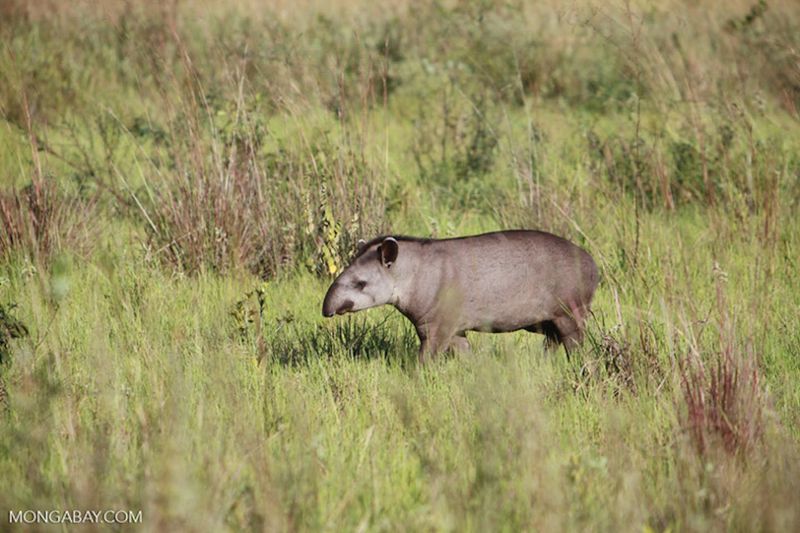
Climate change poses a formidable threat to this mammal’s habitat, altering the availability of food and water sources. These changes force the mammal to adapt, often pushing it into new territories.
Researchers are closely monitoring these impacts to devise strategies that mitigate adverse effects. Understanding how climate change affects its survival is crucial for developing adaptive conservation measures. By addressing these challenges, conservationists hope to secure the mammal’s future amid a changing world.
Inter-Species Interactions
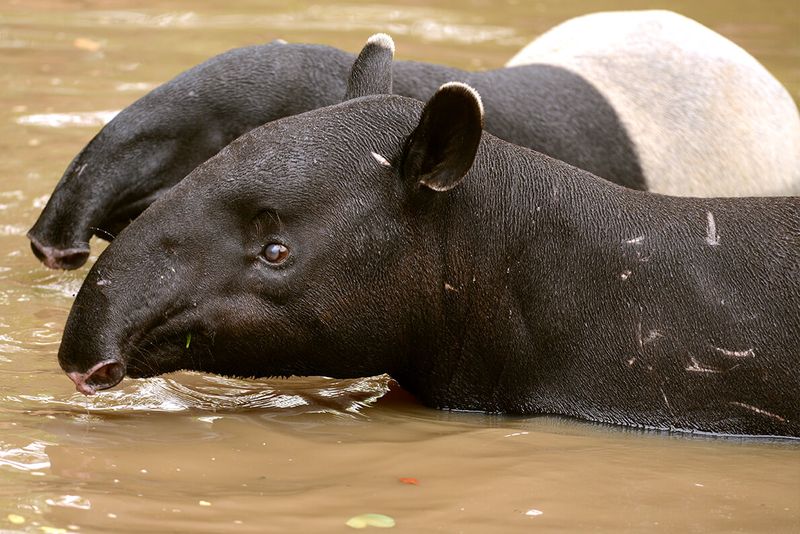
The mammal plays a crucial role in its ecosystem, interacting with various other species. These interactions include competition for resources and symbiotic relationships that benefit multiple organisms.
Studying these dynamics provides insight into the mammal’s ecological niche and its importance in maintaining biodiversity. By understanding its role, conservationists can develop more comprehensive strategies that support the entire ecosystem. These interactions underscore the interconnectedness of life and the need for holistic conservation efforts.
Evolutionary Adaptations
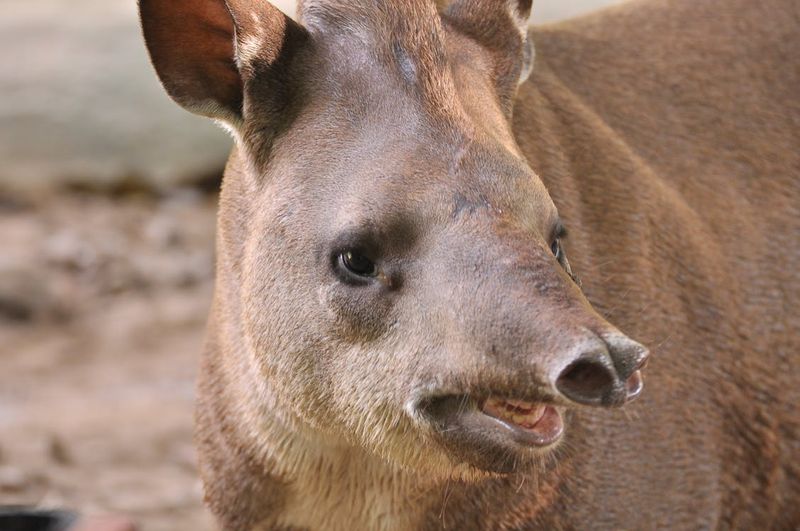
This mammal’s evolutionary journey is marked by significant adaptations that have enabled its survival across millennia. Its physical and behavioral traits reflect an ability to overcome challenges in its environment.
Research into these adaptations reveals insights into the species’ resilience and potential for future survival. By studying its evolution, scientists gain valuable knowledge that informs conservation strategies. These adaptations highlight the remarkable journey of this mammal, offering hope for its continued existence.
Human-Mammal Conflict
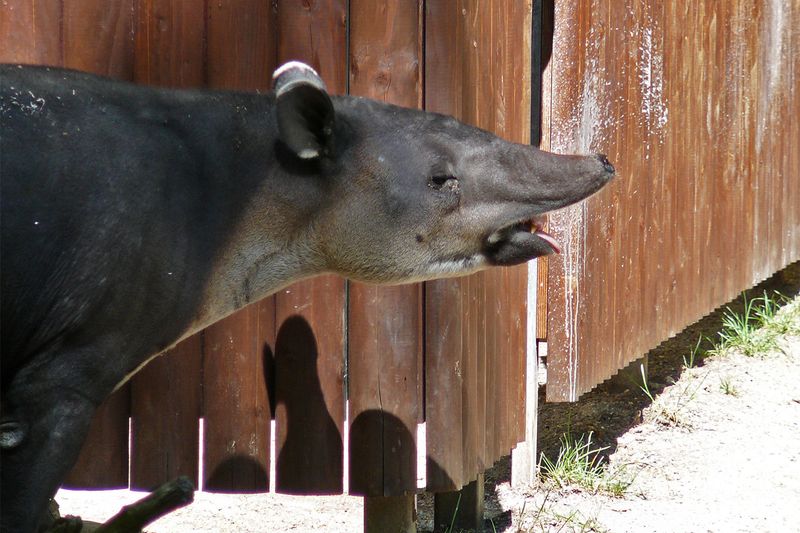
As human populations expand, conflicts with this mammal have become more frequent. These encounters often result from habitat encroachment and competition for resources.
Efforts are being made to mitigate these conflicts through education and sustainable practices. Engaging local communities in conservation efforts can help reduce tensions and promote coexistence. Addressing these conflicts is essential for safeguarding both the mammal and the livelihoods of people who share its habitat.
Future Prospects
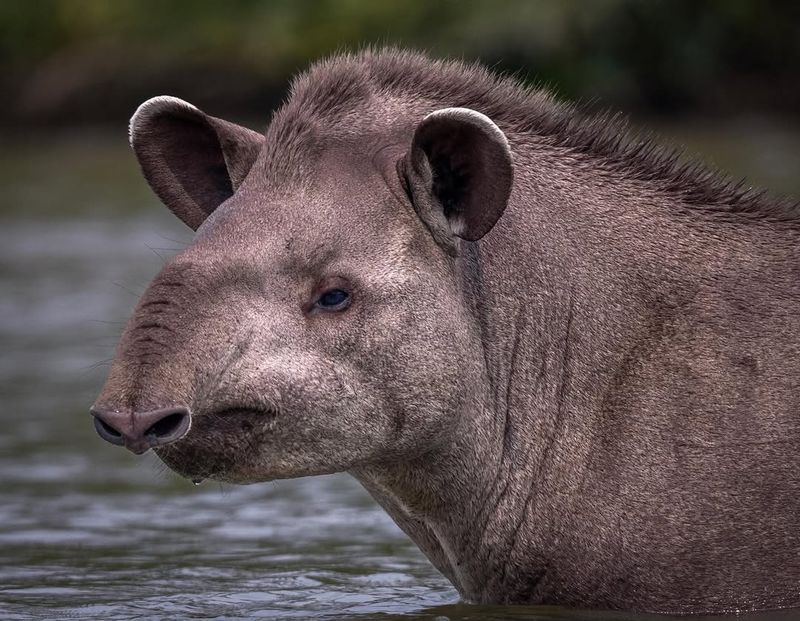
The future of this mammal hinges on our collective efforts to protect and preserve its habitat. With dedicated conservation initiatives, there is hope for a stable and thriving population.
Collaborative efforts among scientists, conservationists, and local communities are crucial for success. By fostering a sense of stewardship, we can ensure a future where this magnificent creature continues to roam its natural habitat, inspiring generations to come.

